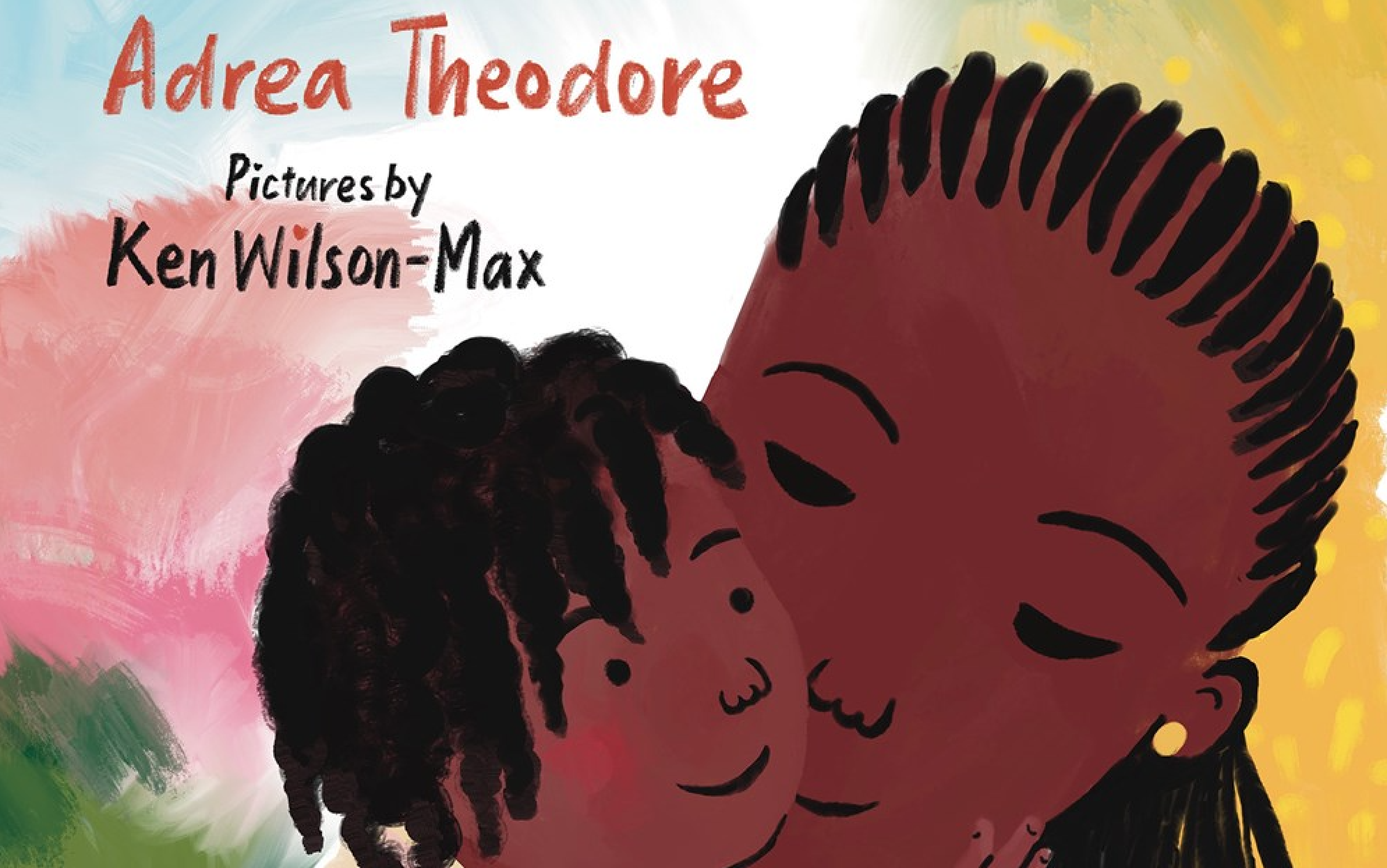There are numerous studies today which give us insight into the gender disparity that exists in the 4 major STEM fields: science, tech, engineering and math. These studies claim that girls actually outperform boys at the elementary school age, but by high school (pre and early teens) there is a huge drop-off in numbers. By the time young men and women reach college, the majority of STEM degrees are undertaken by men because when you look at society, culture and media, there aren’t enough role models encouraging girls to be the star scientists, mathematicians etc.
However, things are slowly changing, especially with major companies such as Google pushing for girls to learn coding, for example. And when you look at TV and film, the representations of girls in STEM is also increasing. Natalie Portman’s astro-physicist character in the ‘Thor’ movies, Pauley Perrette’s forensic scientist character on ‘NCIS’, Sandra Bullock’s astronaut character in ‘Gravity’, and even Doc McStuffins on the Disney Channel are showing parents and kids that the stereotypes which, in large part, still exist are now being recognized as a major hindrance to the way kids envision their futures.
A quantitative study by the Geena Davis Institute on Gender and Media which examined the career roles of male and female characters in children’s television programming shows that less than a fifth (16.3%) of all STEM characters are female compared to 83.8% of men in the same position.
If the media is arguably one of the biggest communication vehicles in existence today, and it is the very thing that influences us more than anything, shouldn’t media producers and content creators take greater responsibility to portray equality in every aspect? One of the clever things the GDIGM does is tell studio executives to ensure a balanced gender portrayal on screen, simply take that male lead character name, and change it to a girl’s name. If the character and plot line still work, then you have a simple way of changing the ratio with a stroke of a pen.
There are some prominent grass-roots organizations and products becoming available to parents, such as the awesome Goldieblox engineering toy sets for girls, the Pearl Power book series teaching kids about gender equality, and now another novel series which is set to give boy wizard Harry Potter a run for his money!
‘Magicae Mathematica‘ is a four-part fiction series about a girl named Alex who combines mathematics and magic to solve some major problems in the story, as well as learn some valuable life lessons along the way. Why is this book important to us? Because Scholastic recently previewed a study they are set to release in January 2015 (full infographic at the bottom of this interview), showing that books are a powerful tool to spark the imaginations of children. With the distraction of technology, celebrity-culture, and pop culture in abundance, it is important that parents, teachers and guardians not ignore how vital it is to encourage reading from an early age, but reading that promotes attributes of empowerment, rather than stereotypes.
We chatted with Magicae Mathematica author Jim West about his awesome new series, his inspiration behind creating it, and why he hopes his books will change the direction of the conversation between parents and young girls when it comes to their futures.
===================================================
How did you come up with the idea for ‘Magicae Mathematica’?
Back in 2002-2003 I became father to two daughters. I had been toying around with the concept of a story that would be one I could tell to them as they grew up, and it just grew from an idea of stories to tell them at bedtime to a series of books. I would often tell them “books can take you places” as my way to encourage them to develop a love for reading and learning. Whether a fictional book for reading pleasure, or a textbook for educational purposes, both can take you places both imaginary and real life.
Tell us the basic story of the 4-part series?
When I was envisioning the story I felt that there was too much story to tell in just three books. Additionally, there are four major mathematical symbols in the series logo I created so that was a great way to match the count –pun intended!
The basic story follows a girl named Alex who gets transported from a closet in school to a strange world where math and Latin combine to form magic. In this world she faces inequality for women and separation of social classes. With a backdrop of impending battle she must learn math from the greatest mathematician of all time, Archimedes, in order to figure out how to get back home. The four books will each have their own “life lessons” as I call them, and in book one the life lessons are truth and love. It is through these lessons that Alex begins to deal with her anger issues.
Apart from the mathematical influences, I focus these lessons interwoven into the books on developmental issues as well.
Like the title suggests, there is a heavy math component, why focus on this topic, as opposed to fairy tales, Disney princesses, fashion etc?
As a dad I see too much media geared towards the spectrum of princesses. Don’t get me wrong, I think it’s cute, and you see a lot of times the princesses are feisty, strong willed, independent, etc. Yet they are still labelled a princess. I wanted my girls to aspire for something better and simply more realistic like an engineer or a scientist. These are role models largely unavailable for young kids to aspire to.
How did your own two daughters inspire you to write this series?
An old colleague of mine, Madonna McIntyre, had read the early draft in 2002 and said she loved the concept, but made a suggestion that greatly enhanced the books and made my girls become part of the spirit of the story. Alex was originally written as a boy. She suggested to me to change Alex to a girl as girl’s grades in math start to drop when they get into middle and high school. She encouraged me to research this and I was quite surprised at the statistics of the mathematics gender gap. As my daughters grew up, the shaping of certain characters grew up with them. This year I saw an advertisement for Always titled, ’Like a girl’ which sends a strong message that I – as a parent and father – need to ensure my girls don’t fall into this social stereotype cycle. This story is for them, which is why I dedicated this book to them.
There seems to be a huge push to get more girls interested in math and science from an elementary school age, why do you think this is important?
The world needs more mathematicians and scientists to solve the big problems the generations of the future will face. There is simply no reason why women cannot be a significant part of future scientific and mathematical advancements. Starting early is the key, but the success really lies in maintaining focus in study throughout all years in school.
Why do you think math has become so synonymous with men only?
When you ask someone, “Who are the smartest people of all time?” you hear Einstein, Tesla, Newton, Archimedes, and the list goes on. You may get one person to think of Marie Curie. Yet there are so many women to mention like Ada Lovelace, Charlotte Scott, and Amalie Noether who Einstein himself praised as a mathematical genius. Even today’s brilliant women like Ruth Lawrence, Manahel Thabet, and Judit Polgar whose father said “geniuses are made, not born” should be role models for young girls. This is something that should change, and I hope to see such a change in my lifetime.
What message do you have to other parents of girls who aren’t interested in any STEM fields?
Science, Technology, Engineering and Mathematics programs are one of the best things you can get your kids into. The top careers are all focused in these fields of study. Yet, to tell a young kid this is good for you is much like the same talk you give in regards to getting them to eat more veggies or take medicine. Parents and teachers have to find ways to make it the “cool” thing to do. Perhaps taking lessons outside of the classroom where it can be viewed as an escape from the confines of school. Doing volunteer work where lessons can be interwoven in the work so that this way they can see how these subjects are applied to real life. This reveals the answer to the inevitable question kids ask, “How is this ever going to help me in the real world?”
How do you hope Magicae Mathematica will inspire other girls (and boys) in the world to like math?
I hope that the readers will gain a new perspective on math. I hope they will see that math matters, as it does to characters in the story. Skills such as estimation and rates of change are just a couple that kids should hone their ability as these are used in everyday life. My wish is that all kids read this imaginary story and aspire to become master wizards in real life.
===============================================
You can buy the first book in the Magicae Mathematica series from Amazon, follow the series on Twitter and Facebook, and tweet about the book using the hashtags #BigGirls4YoungGirls #missingvariable and #mathISmagical to show your support for Jim’s series, encouraging other parents to buy this for their daughters.
Below is the Scholastic infographic sharing valuable data on how powerful and influential a good book can be on the mind of a young girl or boy:






















2 thoughts on “Forget Harry Potter. New Novel Based On Magic & Math Seek To Inspire Girls In STEM”